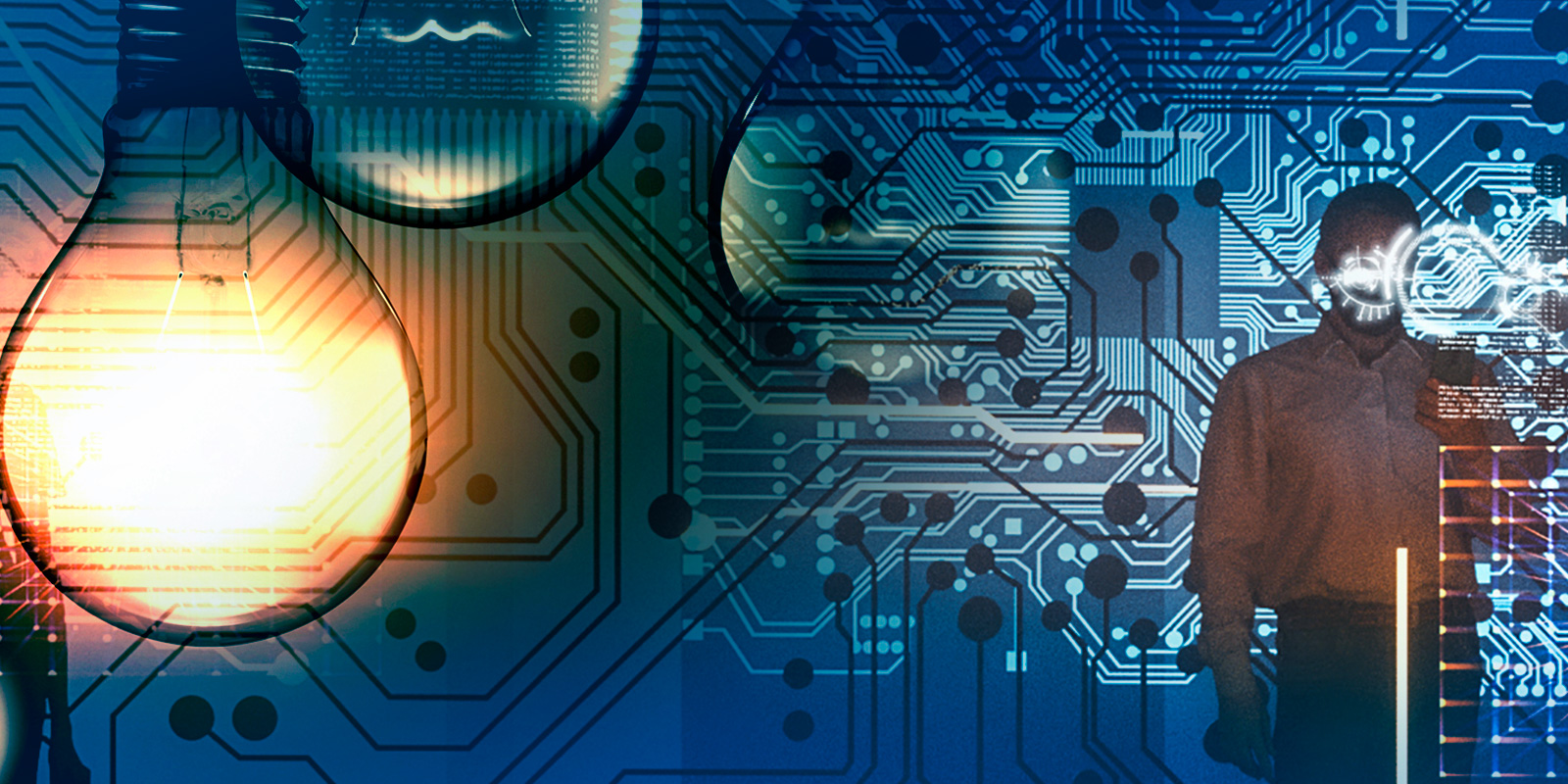
USPTO Reports Highlight Importance of AI to U.S. Invention and Innovation
In Short
The Situation: The United States Patent and Trademark Office ("USPTO") issued two reports highlighting the importance of Artificial Intelligence ("AI") to U.S. invention and innovation. Through these reports, the USPTO provides both qualitative and quantitative analysis on the intersection between AI and IP law including patents, copyrights, trademarks, and trade secrets.
The Issue: As AI continues to rapidly evolve, it is important to understand how current IP statutory framework can be effectively utilized to protect AI innovations.
Looking Ahead: Companies should be mindful of the current IP statutory framework in developing IP protection strategies.
In October 2020, the USPTO issued two reports highlighting the importance of AI on U.S. invention and innovation: (i) "Public Views on Artificial Intelligence and Intellectual Property Policy" ("Public Views Report"); and (ii) "Inventing AI: Tracing the diffusion of artificial intelligence with U.S. patents" ("Tracing Report"). Through these reports, the USPTO provides both qualitative and quantitative analysis on the intersection between AI and IP law. The reports review current IP statutory frameworkss as well as patent filing and grant patterns.
The Public Views Report provides a qualitative analysis of the intersections between various areas of IP law and AI. The USPTO requested public comments focusing on patenting of AI inventions, and impacts on AI in other areas of IP law such as copyrights, trademarks, and trade secrets. The USPTO asked the public a series of questions to elicit views on a wide variety of IP topics. General themes emerged from the compiled public views. In general, a majority of commenters felt that current IP laws are "calibrated correctly to address the evolution of AI." However, comments lacked consensus on whether additional classes of IP rights, such as database protections (i.e., sui generis protection for structure of databases on which AI is trained and will act), would assist in making the current IP statutory framework more robust.
With regard to patent law, the USPTO elicited views on how well equipped it is to handle AI inventorship questions and whether there are any subject matter eligibility, enablement, or prior art considerations unique to AI inventions. A majority of commenters opined that patent laws and regulations relating to inventorship are sufficient. Some believe that AI is currently not advanced enough, and will not be for the foreseeable future, to completely exclude involvement of a human inventor. Turning to questions of patentability, the commenters expressed that AI inventions warrant the same considerations as computer-implemented inventions. Even having the view that the current statutory framework does not warrant modifications, many commenters felt that AI has the potential to affect the bar for nonobviousness, such as altering the knowledge of a person of ordinary skill in the art. Some posited that the ubiquity of AI could enhance the abilities of a person of ordinary skill in the art.
Turning to copyright, the USPTO requested comments on whether a work produced by AI, without human intervention, warrants copyright protection and whether use of copyrighted materials to train AI violates the reproduction right of a copyright owner under 17 U.S.C. § 106(1). A majority of commenters noted that a non-human cannot be an author under existing copyright law nor should such a law be tailored for AI. Some commenters felt that U.S. copyright law is meant for incentivizing human creations and AI is a tool for such creation. Echoing a previous theme, commenters reiterated that AI is heavily dependent upon human interaction and creativity, and as such copyright protection for AI output might be obtainable. Considering use of copyrighted materials to train AI, commenters felt that such use may or may not be non-infringing fair use. But that the fair use doctrine is flexible enough to adapt to the AI context.
The USPTO also sought comments on the adequacy of the Lanham Act to address AI use. The general consensus among commenters was that, to the extent it is applicable to the use of AI, the Lanham Act is "sufficiently flexible."
While many commenters felt the current IP statutory framework is sufficient to handle AI inventions, they were torn on whether new classes of IP rights, such as database protections, are warranted. Those supporting new classes of IP rights suggested that data associated with machine learning should have some protection mechanism available. Such protection could result in the sharing of data across market participants for training and/or development of AI models. Alternatively, some commenters posited that trade secret law already offers those protections. Commenters also suggested that other existing areas of the law, such as contract law, could help fill any gaps within the IP statutory framework.
The Tracing Report provides a quantitative analysis of intersections between various areas of IP law and AI. The top 30 U.S. companies held, at the time of grant, 29% of all granted AI patents from 1976 to 2012. Many of these top 30 U.S. companies belong to the information and communication technology sector, with a few notable outliers in sectors such as banking, energy, and aviation. Inventor-patentees (i.e., inventors with issued patents that have not been assigned to a legal entity) with granted patents using AI technology made up approximately 1% of U.S. AI patents in 1976. In 2018, that 1% increased to 25%. Over the course of 16 years (i.e., from 2002 to 2018), the USPTO saw a 100% increase in annual AI patent applications. The USPTO concludes that numbers in the Tracing Report suggest that AI has the potential to be as revolutionary as electricity or semiconductors.
This summary highlights some observations and conclusions made by the USPTO. For full details on the analysis and other observations, see the reports.
Three Key Takeaways:
- The top 30 U.S. companies filing AI-related applications held, at the time of grant, 29% of all granted AI patents from 1976 to 2012. Over the course of 16 years (i.e., from 2002 to 2018), the USPTO saw a 100% increase in annual AI patent applications.
- Most public commenters opined that the current IP statutory framework is flexible enough as is, and does not warrant any specific tailoring for AI innovations.
- Some public commenters posited that the ubiquity of AI could enhance the abilities of a person of ordinary skill in the art.




